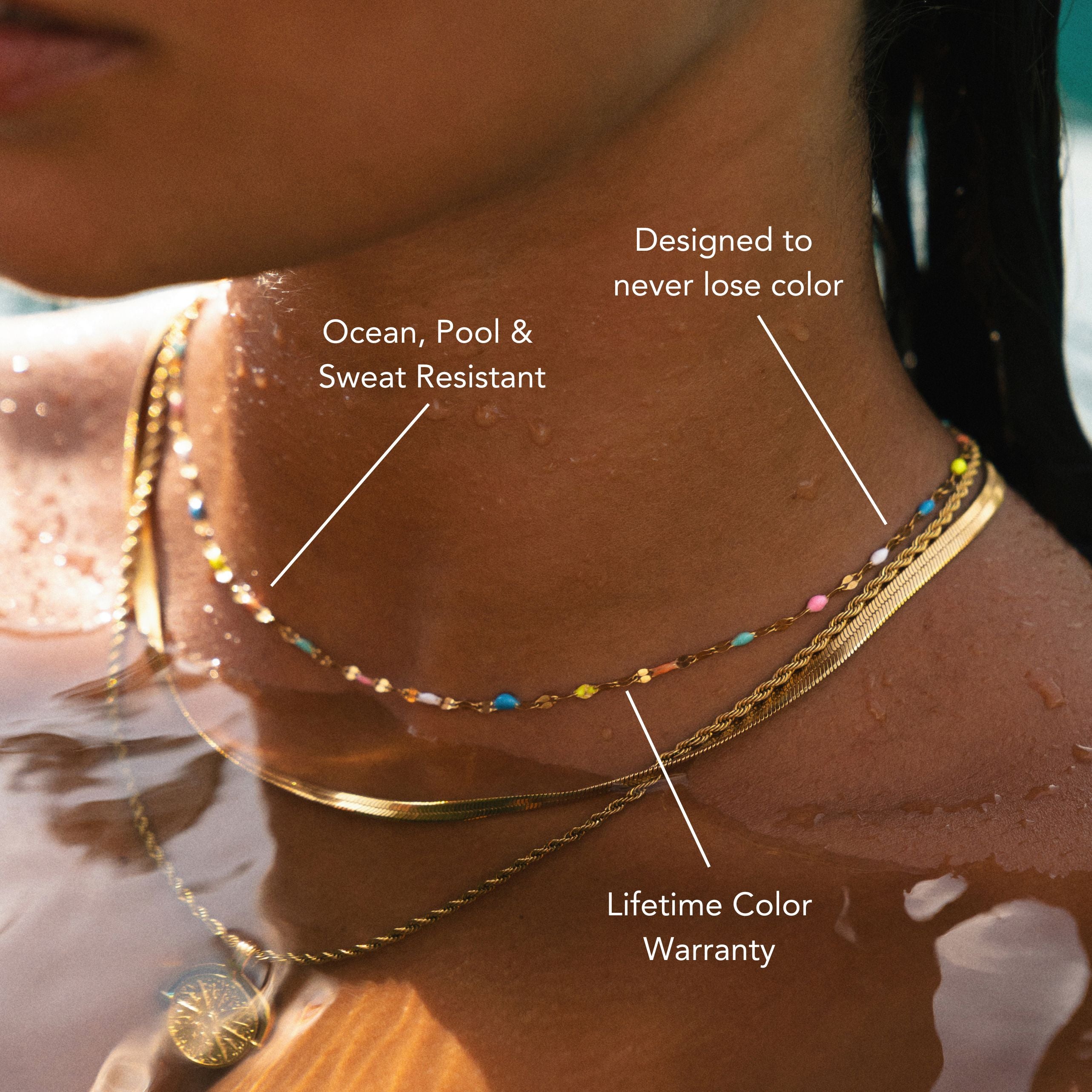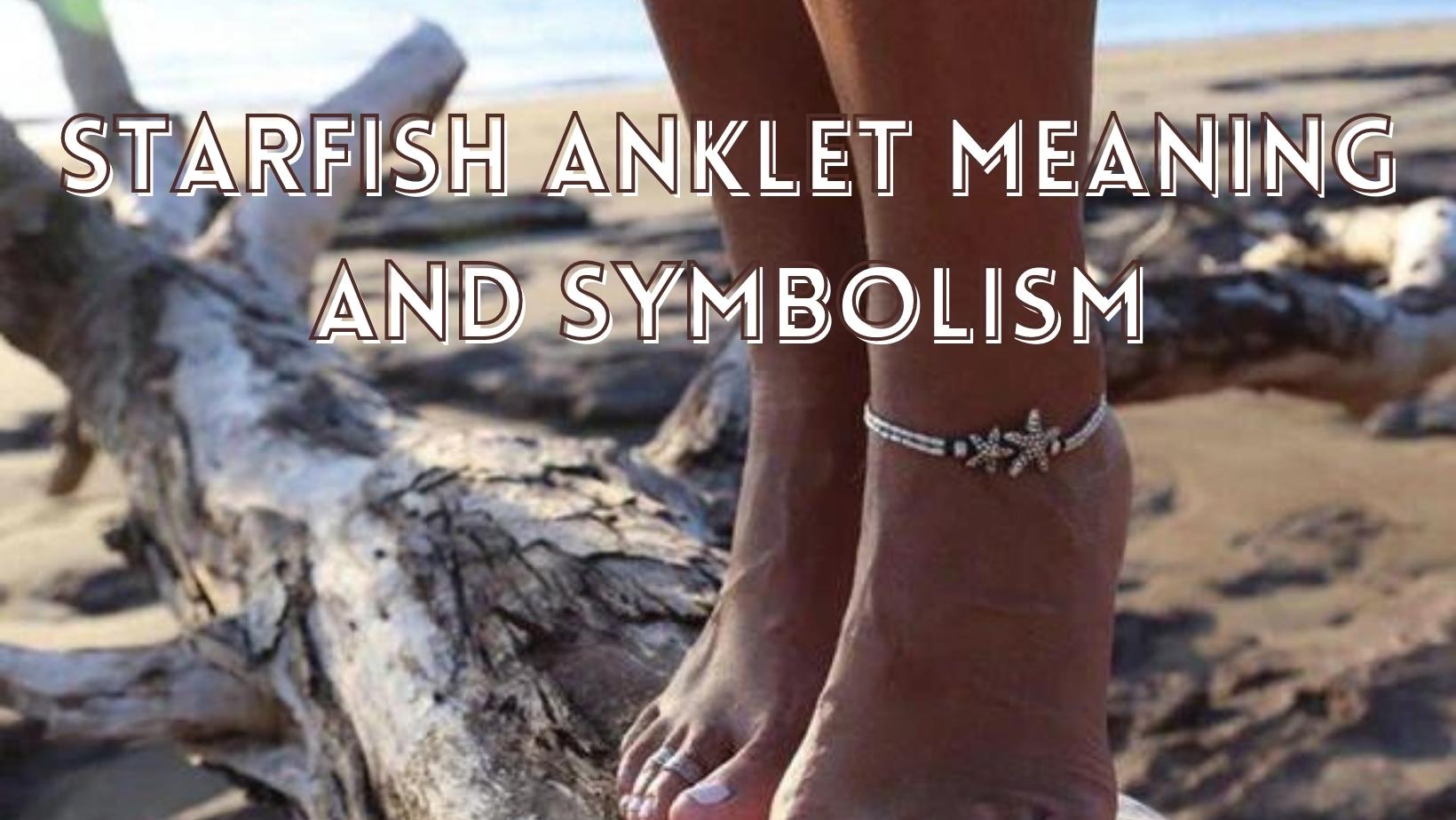What Causes the Great Pacific Garbage Patch?
Hello, our fellow conservationists!
The Pacific Ocean is the largest body of water in the world, and it is home to thousands of aquatic life that take shelter in its vast area. In addition, the ocean has been the recipient of millions of waste materials from the land and the ocean itself.
What are the great pacific garbage paths? And what causes it? If you're here to find out the root cause of this problem, be our guest! As for today, we will be talking about this particular topic and how we can help the Pacific Ocean recover from this debilitating problem.
What is the North Pacific Ocean Garbage Patch?
The Pacific Ocean Garbage Patch is a vast area between California and Hawaii that is believed to contain the highest concentration of plastic waste than any other body of water in the world. This patch is large enough that its size can be compared to the country of Afghanistan or the State of Texas. That's how extensive the area is!
If you're curious why this has got to be the area with high concentrations, it is because currents from the US and the east coast of Japan carry these plastic wastes. And because the current has a clockwise turn, it draws plastic waste, debris, and garbage inside and locks them in.
The North Pacific Garbage Patch is a collection of garbage and debris worldwide. It's marine litter that has accumulated from different bodies of water that ends up in the ocean.
Most conservationists don't want to call it a "garbage patch" because it doesn't tell the whole story. One of the reasons is that it isn't only in the North Pacific where this garbage patch is located. It has an extensive reach from different bodies of water worldwide. However, the accurate representation of these garbage patches is not yet well-studied.
It is called a garbage patch because it has accumulated garbage and debris over a long period.
Most of the garbage is considered microplastics that are hardly seen by the naked eye. But when these micro-plastics clump up, they grow even further and are larger to be noticeable from afar.
Why Have The Ocean Accumulated Plastic?
Our ocean has accumulated this much plastic over the years for several reasons. This includes:
Humans are the primary contributors when it comes to plastics. We are the contributors to this vast problem. Plastic garbage is either sent into the ocean or plastics are washed away and ends up accidentally.
As you may already know, plastics take hundreds of years to disintegrate, meaning they are more likely to stay here and accumulate than to decompose in our lifetime.
Some of these microplastics are big plastics that were broken down into tiny pieces and ended up in the ocean because of improper waste management practices.
Plastics never go away. They just accumulate over time. If they aren't converted into recyclables, then the accumulation of these plastics in the ocean can soon lead to more extensive pollution, not only in the North Pacific.
Why Is There No One Patching This Patch?
If a country is to make a concerted effort to patch everything up, then cleaning up this garbage patch would require a hefty amount of money and may even give the possibility of bankrupting any country that wishes to clean this patch.
In addition, cleaning this garbage patch is not an easy task. It may sound like a possibility, but it would take the entire world to fix this issue. The patch is enormous enough that it would take an estimated 67 ships just to clean a fraction of the North Pacific Garbage Patch.
If we're to clean up the Great Pacific Garbage Patch, it wouldn't be soon before long that we've exhausted all our efforts and done minimal work in the patch. The only way we can patch this already problematic patch is to reduce or eliminate further plastics and debris from entering our ocean.
What Can We Do About This Great Pacific Ocean Garbage Patch?
Fortunately, an organization has already piled up projects to further mitigate debris from entering the ocean. There are also heavy pieces of machinery that have gone to collect some of these patches of garbage daily.
However, some still purposefully send their garbage into the ocean for other countries to deal with it. And if other countries are about to do the same, let's hope we have an ocean to swim with and marine life to live with the next generation.
What Are Some Of The Causes Why Plastics End Up In The Ocean?
For land-based sources, here are some of the most common activities that lead up to plastic waste in the ocean.
- Construction
- Illegal Dumping
- Beach Visitors
- Improper Waste Disposal
- Sewer Overflows
- Storm Runoff
- Legal and Illegal Industrial Activities
- Inadequate Waste Disposal Programs
- For ocean-based sources:
- Extensive Fishing
- Nautical Activities
- Aquaculture
These are some common reasons why waste ends up in the ocean. If we're to make a concerted effort to reduce the possibility of plastics coming into our oceans, we should make rules and regulations about using single-use plastics.
Are Plastics In The Ocean Bad?
Of course! Some plastics may still contain harmful chemicals that alter life underwater. If marine creatures swallow these plastics, it will make them sick, and they may eventually die.
As you may have already seen, some turtles are strangled or choked by these plastics. Mostly, if they aren't fixed, they'll have to live with these plastics for the rest of their lives until their demise.
Imagine seeing these plastics in dolphins, sharks, and other creatures. How would their lives turn around if they constantly lived with plastics for the entirety of their lives? That's why we must do what we can to salvage what is left of them. If we're not making an effort now, God knows when these animals' lives will soon come to an end.
Wrapping Things Up
While there's not much, we can do to salvage an unsalvageable problem, and we must do what we can to help reduce the use of single-use plastics in the world. There's a huge chance that these plastics will end up in our ocean and will soon add to a vast garbage patch.
Let's hope these concerted efforts by various countries and organizations will stop the accumulation of garbage. Regulations should be imposed strictly to avoid burgeoning the Pacific Ocean Garbage Dispatch problem.
While our hopes are high for our beloved Ocean, show how much your care for it and all the life that relies upon it by wearing our Atolea Ocean-inspired jewelry.
We have a wide selections of uniquely designed Sea-inspired jewelry that will always remind you and everyone around you how amazing the Ocean can be.
Dive into our collection now and show the world your love to the Ocean!





















Leave a comment
This site is protected by hCaptcha and the hCaptcha Privacy Policy and Terms of Service apply.